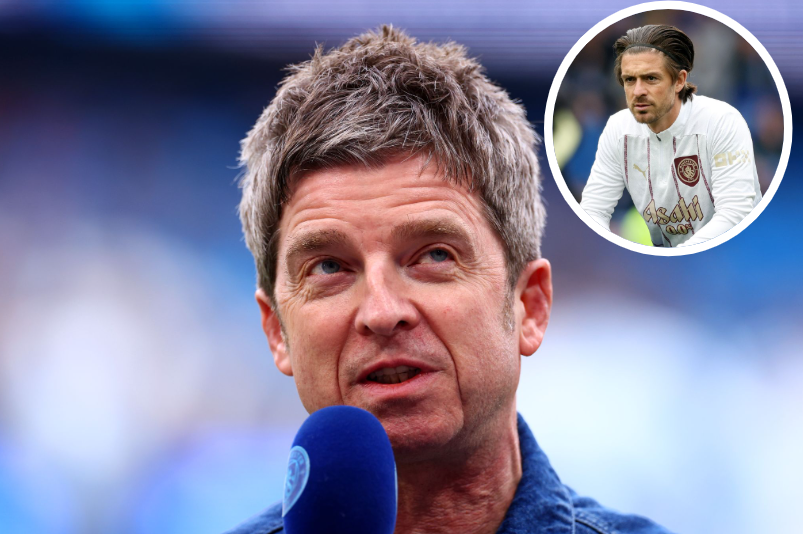Arsene Wenger’s 9 most bizarre Arsenal signings – and what became of them
When you manage a club for over 20 years, they can’t all be perfect picks. But did the Frenchman really need to sign a player with a broken back?
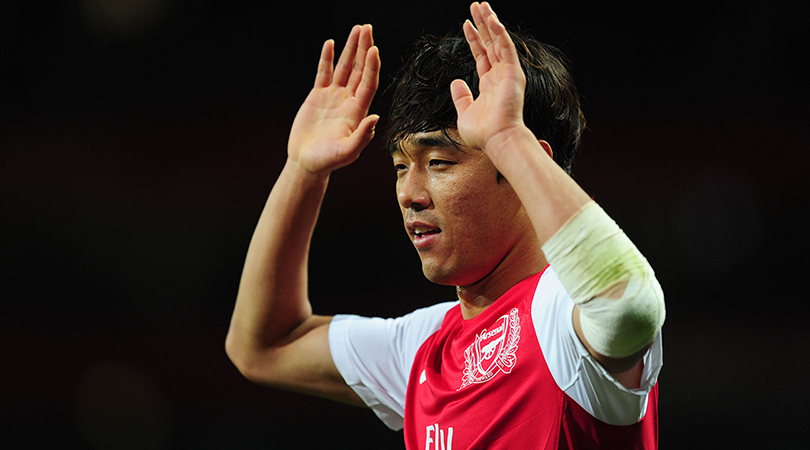
1. Park Chu-young
When Arsene Wenger was scrabbling to rebuild his squad having lost Samir Nasri and Cesc Fabregas in the summer of 2011, he made a late move to snatch South Korean Park Chu-young from the clutches of Lille. The striker was reportedly midway through a medical with the French club when he suddenly left to board a flight to London.
Wenger has made a habit of such dramatic late swoops — he convinced Patrick Vieira and Emmanuel Petit to ditch Ajax and Tottenham respectively in similar circumstances. Yet Park didn't come close to matching the exploits of that dynamic duo in north London.
For starters, he didn't make his Premier League debut until January 2012 (against Manchester United of all sides). It would prove to be his only league appearance in his three years with the club. He was released in June 2014, and after a brief spell in Saudi Arabia has now returned to Korea with FC Seoul.
2. Mikael Silvestre
Like Park, the decision to sign Mikael Silvestre was seemingly made at the last possible moment. The defender was on the verge of leaving Manchester United for neighbours City, but Wenger stepped in to bring him to Arsenal in 2008.
The Silvestre who Arsenal recruited was a far cry from the one who won five Premier League titles with Man United
Perhaps the Gunners should have smelled a rat when Sir Alex Ferguson consented to sell a player to a supposed title rival – the Silvestre who Arsenal recruited was a far cry from the one that won five Premier League titles with United.
Get FourFourTwo Newsletter
The best features, fun and footballing quizzes, straight to your inbox every week.
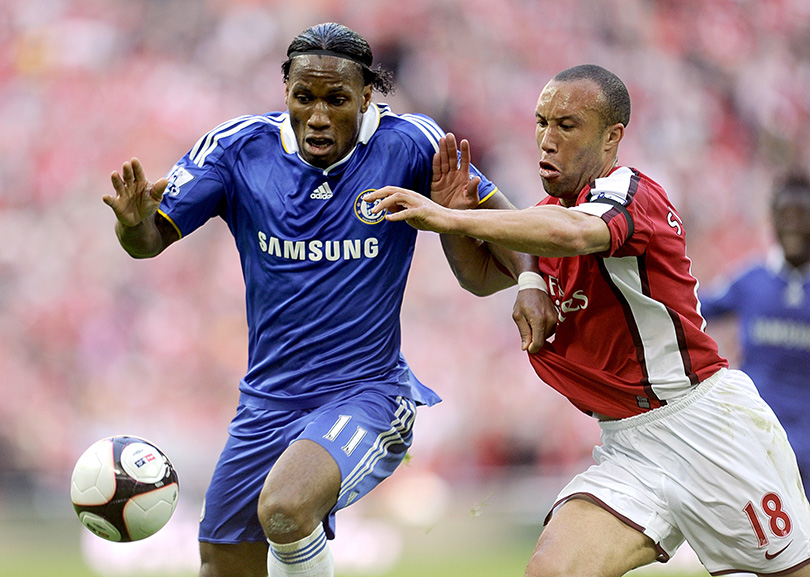
After almost a decade at Old Trafford, he was an esteemed figure at United. However, he was a liability at Arsenal. It quickly became clear he was no longer up to it, and by the end of his two years with the Gunners was on the fringes of the first-team squad.
Stints at Werder Bremen, Portland Timbers and Indian Super League side Chennaiyin followed before retirement in 2014. Silvestre has continued working in football since: he had a two-year spell as director of football at Ligue 1 Rennes, but left the post in December 2016.
3. Andre Santos
Another signing during Wenger’s infamous 2011 ‘trolley dash’, Santos arrived with considerable pedigree. He had amassed 22 caps for Brazil, and upon his arrival Wenger described him as a “quality player, with the ability to both defend well and get forward”.
It quickly became clear, however, that Santos was considerably more comfortable on the front foot; the fact he wore the No.11 shirt was appropriate for a player who always looked more like a winger than a full-back.
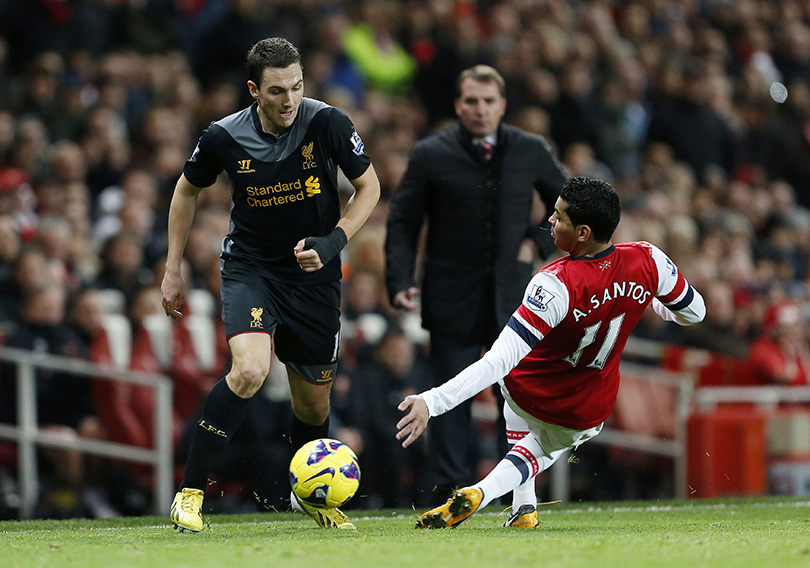
His defensive deficiencies were a worry, but Santos’s relationship with the Arsenal fans really fell apart when he was captured swapping shirts and embracing despised defector Robin van Persie in November 2012. By February 2013, he'd returned to Brazil.
Things were little better in his homeland: during a spell with Flamengo, he was hospitalised after being assaulted by a fan for his poor performances. Undeterred, Santos has continued his playing career, and is currently in Turkey playing for Boluspor.
4. Amaury Bischoff
One of the common themes among these players is Wenger’s love for a gamble. Several times in his career he’s signed players with a history of injury problems, only to rehabilitate them and restore them to the peak of their powers. Nwankwo Kanu and Marc Overmars are two who immediately spring to mind. Unfortunately, Amaury Bischoff is unlikely to be remembered quite so fondly.
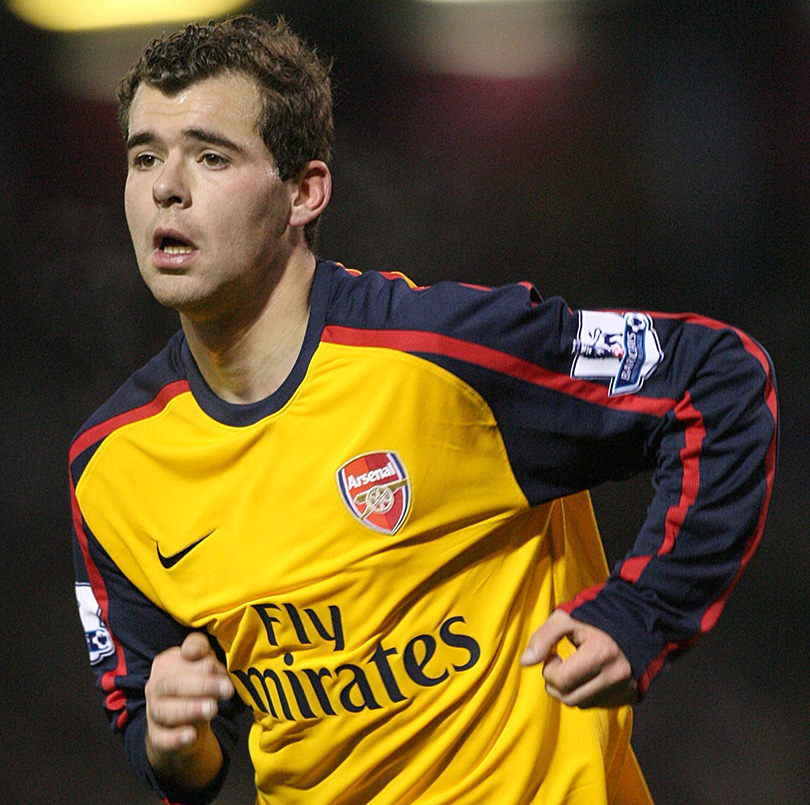
It was 2008 when Arsenal snapped up the France-born Portuguese U21 international on a free transfer from Werder Bremen. At the time the deal was completed, Bischoff was still suffering with a long-term knee injury – it was two months before he could even join full training.
His solitary season with the Gunners yielded just seven first-team appearances, and Bischoff has since turned up in the lower tiers of Portuguese and German football. Now 30, he currently turns out for German third-division side Hansa Rostock.
5. Igors Stepanovs
There can’t be many stranger transfer stories than the tale of how Arsenal came to buy Igors Stepanovs. According to Ray Parlour, the lanky Latvian was only signed after the players heaped praise on the ungainly defender during his trial in order to wind up the incumbent centre-half Martin Keown. When Wenger actually signed him, the players were gobsmacked.
The defender’s Arsenal nadir came in a 6-1 defeat at Old Trafford, when his shortcomings were ruthlessly exposed by Dwight Yorke’s brilliance.
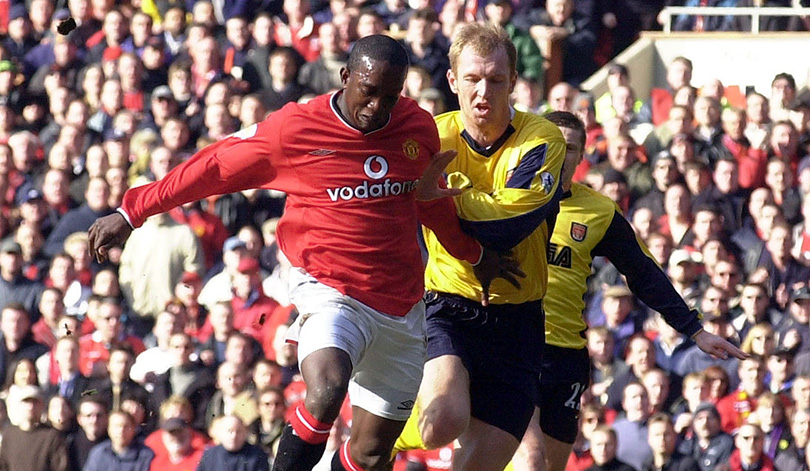
After leaving the Gunners, Stepanovs did actually enjoy a brief renaissance. He starred for Latvia at Euro 2004, helping his country to a shock 0-0 draw with Germany. He is currently coach of his country’s U17 side.
6. Tomas Danilevicius
Before the creation of the Emirates Cup, Arsenal would regularly take part in the Amsterdam Tournament as part of their pre-season schedule. This would offer them two friendlies against credible opponents, affording a chance for established names to gain match fitness and occasionally an opportunity for trialists to impress.
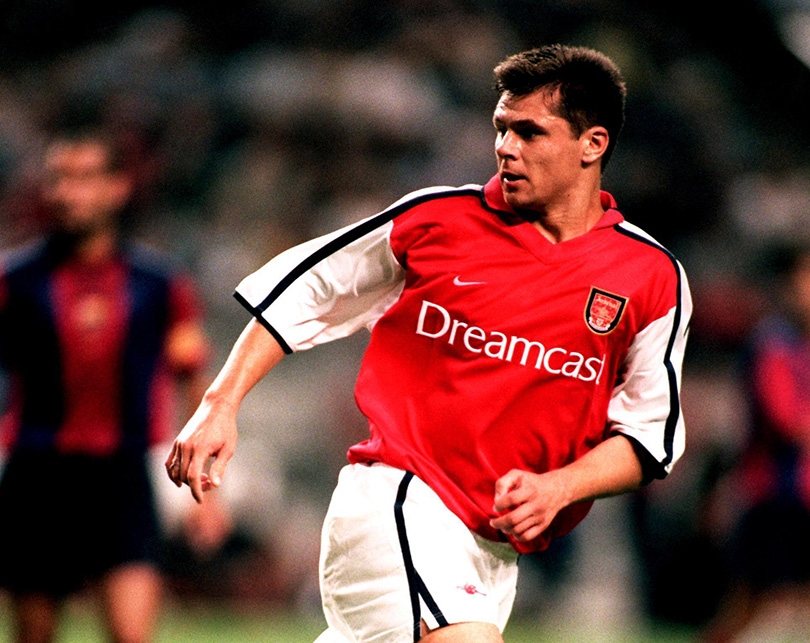
One such trialist was Tomas Danilevicius. In 2000, the Lithuanian striker was given a chance to play against Barcelona, and responded by bending home Arsenal’s only goal of the game from the edge of the box.
Unfortunately, that was as good as it got for him at Arsenal. He featured for just a matter of months, and only twice in the league, before embarking on a journeyman career that took in spells with Beveren, Bologna and Livorno. Danilevicius retired in 2014 as the Lithuanian national team’s highest ever goalscorer, and has since embarked on a career in business.
7. Francis Jeffers
Jeffers was always an unusual signing for Arsene Wenger – although that’s partly what instilled fans with the hope that he could be a success. The goal-poacher from Goodison was seen as an antidote to Arsenal’s tendency to over-complicate matters in front of goal and, it was hoped, would be their long-awaited “fox in the box”.
Jeffers represented 11 different clubs in countries as far afield as Australia and Malta
Ultimately, Jeffers was unable to deliver upon his genuine potential. Injuries dogged his time in London, and Wenger’s faith began to wane. The final straw came when he was needlessly sent off in the 2003 Community Shield. Just days later, he was allowed to rejoin Everton on loan.
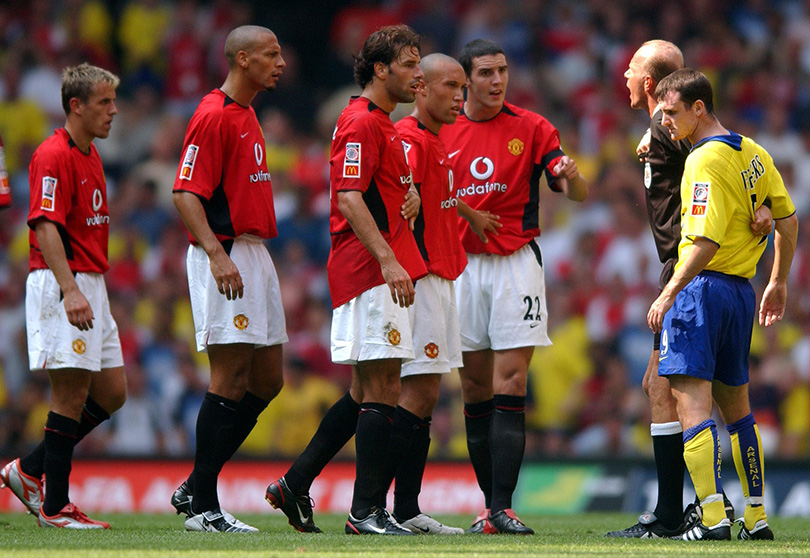
In the end, he represented 11 different clubs in countries as far afield as Australia and Malta. He is now back where it all began, as an academy coach at Everton.
Jeffers still holds the record as the England U21’s highest goalscorer, joint with Alan Shearer on 13.
8. Michal Papadopulos
Czech striker Michal Papadopulos spent a season on loan at Arsenal from Banik Ostrava between 2003/04. Although the move was expected to be a precursor to a permanent deal, Papadopulos was eventually sent home having barely made an impression in England.
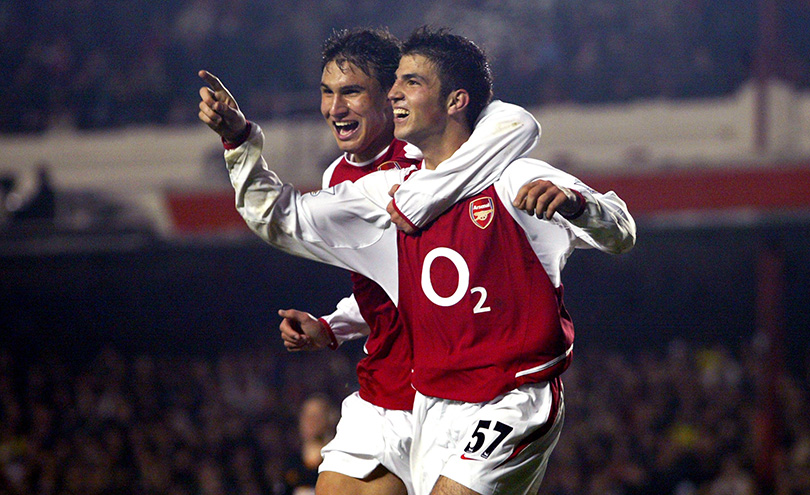
He only played one competitive game for the club – a 5-1 League Cup win over Wolves better remembered for Cesc Fabregas finding the net and becoming the club’s youngest ever goalscorer.
Papadopulos, who has earned six caps for the Czech national side, is now 31 and playing for Polish side Piast Gliwice.
9. Kim Kallstrom
Who could forget the time Wenger signed a player with a broken back? Although he achieved a measure of redemption by scoring the winning penalty in an FA Cup semi-final, Kim Kallstrom’s move to Arsenal remains a ludicrously bizarre transfer.
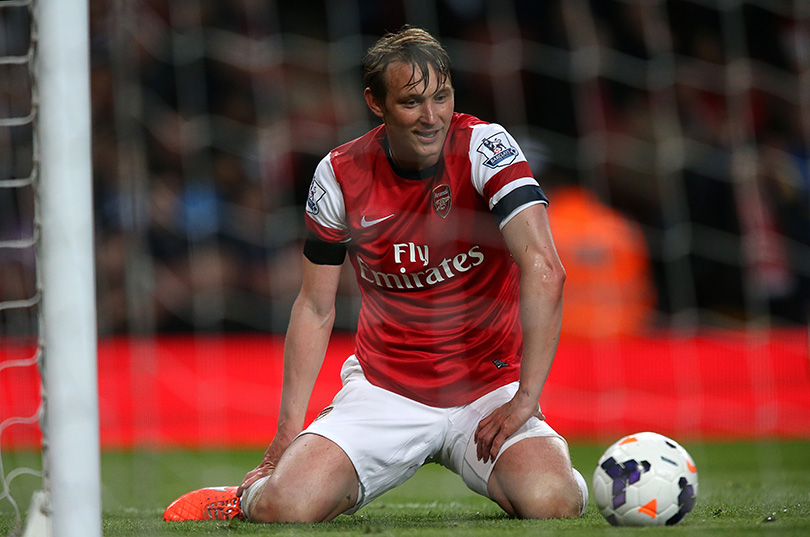
Arsenal responded to an injury crisis in midfield by signing another injured midfielder. The problem only showed up during Kallstrom’s medical – and the legend goes that it was acquired attempting a bicycle kick on an Abu Dhabi beach. Unfortunately for Arsenal, it was too late to arrange an alternative deal, and Wenger was faced with a choice: sign the crocked Kallstrom, or finish the window without a transfer.
Kallstrom joined the Gunners, but it was no great surprise that he wasn’t invited back (no pun intended) the following summer.

Now read...

